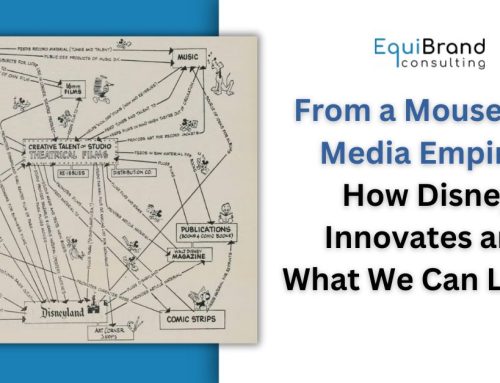 Is your organization aligned with the underlying needs of your most important customers? Organizations must constantly monitor and anticipate changes in customer needs, with a deep understanding of customer “whys”. More often, organizations study the “whats” and the “hows” – what their customers are doing or how they’ve behaved in the past, vs. understanding why they behave in a certain way, and the implications for the future.
Is your organization aligned with the underlying needs of your most important customers? Organizations must constantly monitor and anticipate changes in customer needs, with a deep understanding of customer “whys”. More often, organizations study the “whats” and the “hows” – what their customers are doing or how they’ve behaved in the past, vs. understanding why they behave in a certain way, and the implications for the future.
Industries are riddled with companies that collapsed because of failure to understand and align with core target requirements. Consider the evolution of the recording industry, from LPs to 8-track tapes to cassette tapes, compact discs, MiniDiscs, MP3s and streaming. As consumers demanded the better quality and greater convenience, organizations that focused solely on technical specs vs. underlying customer needs were replaced by a host of new competitors.
Alignment Requires Constant Monitoring.  An organization can be out of market alignment as a result of both internal and external factors. External factors are commonly cited and include new competitors, technological advances, and general industry trends.
An organization can be out of market alignment as a result of both internal and external factors. External factors are commonly cited and include new competitors, technological advances, and general industry trends.
Too often, internal factors are the root cause of being out of sync, and include one or more of the following:
- Management defines the business too narrowly. Theodore Levitt’s landmark HBR article, “Marketing Myopia” urged companies to define their industries more broadly. Levitt argued that the railroad industry found itself in trouble because industry leaders assumed themselves to be in the railroad business rather than in the transportation business. They were railroad-oriented instead of transportation-oriented; they were product-oriented instead of customer-oriented.
- The target audience is defined too broadly. Once the business scope is defined, organizations need to define and select key target segments with a laser-like focus. Many organizations are reluctant to select a core target, though, fearing that excluding certain segments will result in the loss of volume. Unfortunately, this lack of target prioritization leads to a mass-production mindset and often greater volume loss. In attempting to appeal to everyone, customer insight is “averaged out,” resulting in diluted marketing efforts.
- Customer insight is defined by past behavior vs. anticipated customer needs. Many managers get stuck in formulaic marketing research, looking at the whats and hows by scanning market reports and looking at internal numbers. This “rearview mirror” approach needs to be replaced with a “windshield” view. Company managers and senior executives need to get out of the office and start “living” with their customers to discover new ways to gain alignment.
Three Key Steps to Market Alignment
Several steps provide the platform for obtaining deep customer insight:
- Develop a proprietary customer framework and determine priority segments. Base the segmentation on customer attitudes and underlying motivations vs. just demographics and behaviors.
- Pursue deep understanding of the customer “whys” at every level in the organization. Go well beyond traditional research and institute methods such as ethnographic research and iterative qualitative research. Institute regular market visits for all management levels.
- Develop new market-driven concepts. Develop, refine and implement new products and programs that align with target customer requirements.
For more information on Achieving Customer Alignment for Accelerated Growth, please contact Tim Koelzer at EquiBrand



















Follow EquiBrand